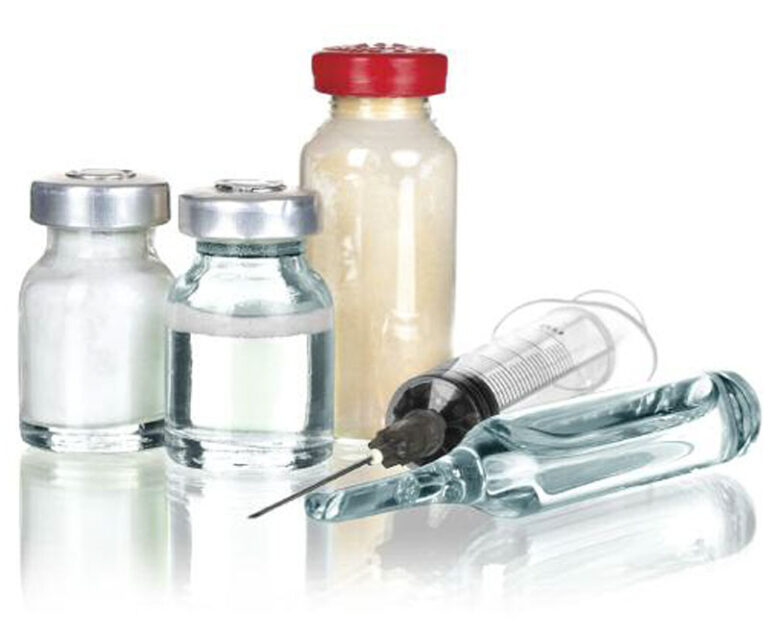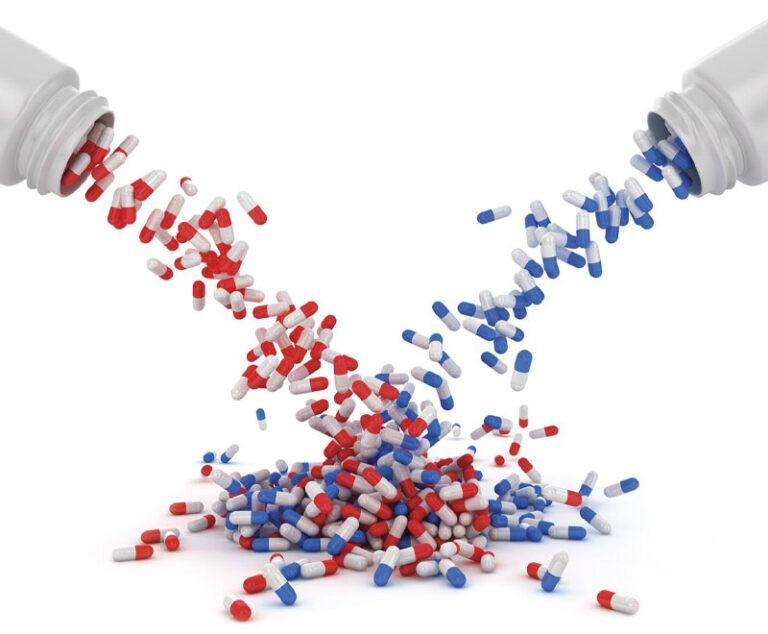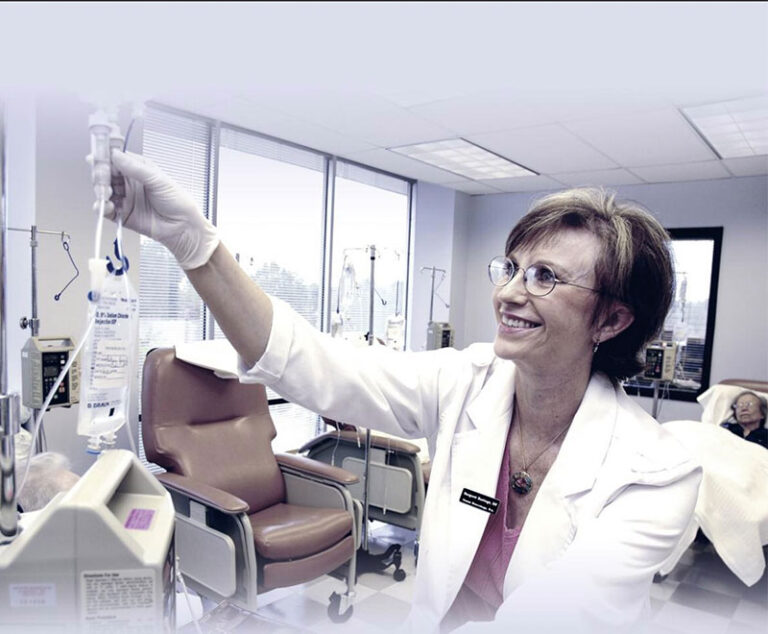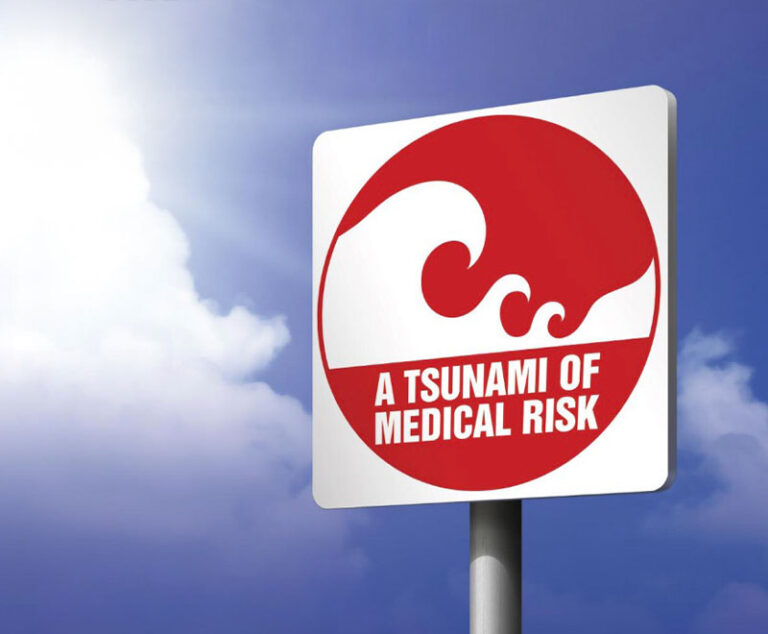Operations & Management
Supply Chain, Service & Staffing
Hospital-acquired infections remain a deadly threat, but the Centers for Disease Control and Prevention in partnership with other healthcare agencies and professionals are working to lower the rates of HAIs with some degree of success.
Counterfeits pose a threat for healthcare professionals worldwide. And, while technological advancements are being made to protect the drug supply, international regulation and politics stand in the way of fixing the problem in the foreseeable future.
Annual CPT code set changes affect all provider types that provide CPT professional services in all states.
The federal government, physicians and consumers all have active roles to play in reducing medication errors that so often result in adverse drug events and a high cost burden.
Despite evidence that vaccinating healthcare workers against influenza helps to protect patients, many still refuse — even during the worst flu season in nearly a decade.
Billing codes used to seek reimbursement for Hizentra, including supplies, pump and nursing, for a primary immunodeficiency disease
When choosing a site of care for immune globulin therapy, each patient’s unique situation needs to be considered.
Reimbursement rates for infusion medications; reimbursement process for infusion centers; and what to do if when employer carrier changes result in denied coverage.
Exploring the new ICD-9 code for acquired hemophilia and Medicare reimbursement for in-home nursing services.
Addressing questions regarding reimbursement for subcutaneous immune globulin in patients with primary immunodeficiency.
The drug shortage crisis has been referred to as “a tsunami of medical risk,” and there is no sign that the problem will disappear in the near future.











